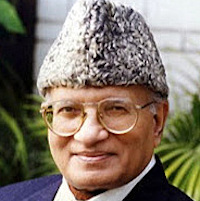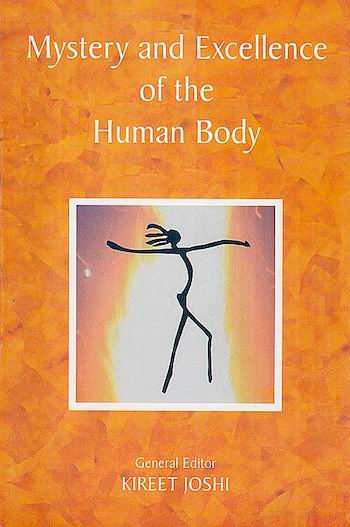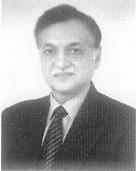Mystery and Excellence of the Human Body
- Preface
- A Vision of Body and Spirit - Vedic Wisdom
- Man the Unknown - Introduction
- Man the Unknown - Extracts
- Man the Unknown - Notes
- An Artist's View of the Human Body - Introduction
- Extracts from Leonardo da Vinci's Notebooks
- Health
- Ayurvedic Concept of Health
- What is Health
- Fitness
- Sleep
- Nutrition
- Ayurvedic Nutrition
- Magic of Grapes as Nutrition
- Notes - Nutrition
- Healing
- Insights from Indian Wisdom
- The Will to Live
- Healing by Vizualisation and Concentration
- A Severe Case of Hypochondria
- Natasa's Illness
- Pain
- Healing - Notes
- Physical Education and Excellence of the Human Body
- Physical Education in Ancient India
- Ancient Olympics
- Modern Olympic Games
- Olympics - Notes
- Interview with Narotam Puri
- Running - P T Usha
- Running - Zatopek
- Coach and Pupil - Story of Jesse Owens
- Strength
- Arnold Schwarzenneger
- Notes on Body building and Strength
- Boxing - Cassius Clay
- Cricket - Jam Sahib of Nawanagar
- Dance
- Anna Pavlova
- Notes - Dance
- Ram Gopal's Training
- Interview with Sonal Mansingh
- Eurythmics
- Profounder Aspect of Physical Education
- Message - Sri Aurobindo
- Physical Education
- Basic Programme for the Human Body
- Triumphant Courage
- Triumphant Courage - Extracts
- Triumphant Courage - Notes
- Knots on a Counting Rope
- Adventures and Achievements
- Tenzing Norgay
- The Crystal Horizon
- Adrift - Seventy-six Days lost at Sea
- Body reaching out Beyond Itself
- Hatha Yoga Pradipika
- Marathon Monks
- The Roots of the Martial Arts
- Aikido
- Extraordinary Feats
- Perfection of the Body
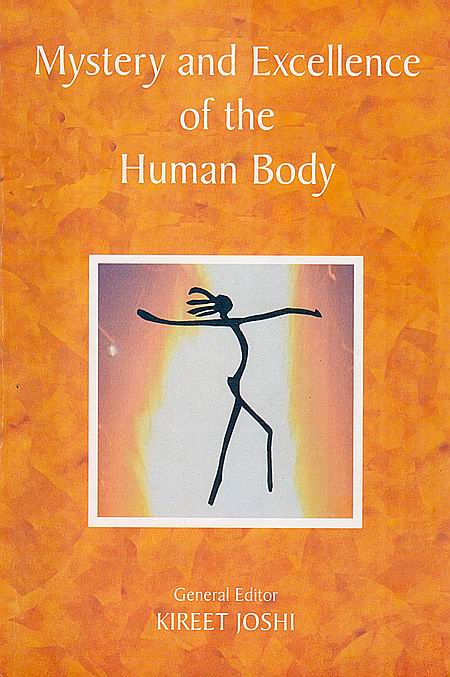
|
|
Interview with Narotam Puriwith Narottam Puri |
(Narottam Puri is a well known sport journalist and commentator in India)
About common attitudes in India
We, Indians, have a tendency to copy the West. To take an example, Hatha Yoga was almost a forgotten art here in India till the West took it up.
As a medical man, I consider the basis of yoga to be sound in termsof health; for instance, the importance given to breathing. But Yoga has also a spiritual meaning, which may be the reason why it practically disappeared from the average man's life, as it was too deep.
In India , we made the mistake of not pursuing the practical applications of the theoretical knowledge that we possess. In the West, it is applied in day-to-day life and becomes therefore popularized.
Nowhere in the world do we find lesser importance given to physical education than in India. The role of physical education in mental development is now universally recognized, but I don't think it is so well accepted here in our society.
Once I had a very interesting conversation with the sport editor of a big Japanese paper. He was wondering why India was not doing so well in many sports. He asked me: "Why do you Indians consider that a pot-bellied man is a successful man?" In India, well fed means successful, doing well in life. The perception that a pot-belly is rather a sign of disease has not yet penetrated, although there are signs of changes, particularly in big cities, as the world is becoming smaller.
Page 328
About the neglect of physical education
To my mind, physical education is a totally neglected field in our sys tem of education. In school, we are receiving education from the teacher. But who is educating the teacher about the importance of physical education? No one. The most important task now is to teach the teachers. We should target first the colleges of India.
But our society is also to be blamed: why should a good physical education teacher have lower status, be less paid and have fewer career opportunities than other teachers? As a result, too often you get only less brilliant persons in such posts and it explains why physical education is too often badly taught.
If physical education is a part of the curriculum but is given no importance as a subject, it becomes self-defeating. There is no evaluation, there is no talent scouting.
About the importance of proper training from young age
There are three mother sports: athletics, aquatics, gymnastics. A child should be encouraged when he is 6 to 10 years old to participate in any or all of these mother sports. It is only at about the age of 12 that specialization should come, when overall development through the mother sports is sufficient. Only in gymnastics specialization tends to start quite early: usually around 6, but sometimes like in Rumania as early as 3. It happens also sometimes in swimming.
One point is very important: specialization should be determined by medical study. There are certain medical tests, like biopsy of tissues, which give indications about the kind of sport which is best suited. Certain muscle fibres allow more rapidity but less endurance, other fibres are the opposite. Particularly in competitive sport, this knowledge is very important to give a proper orientation. It does not apply to gymnastics where it is more a question of flexibility.
A very high level of fitness is indispensable even in activities which look less physically demanding: to become a top archer, for instance, you have to develop a capacity to concentrate,, to focus, to maintain a posture without tremors. This can be acquired through yoga exercises or specialized exercises.
You cannot have a champion who is only physical: there has to be a balance between physical and mental. Physical fitness is not merely Physical: it should be a state of complete physical and mental well
Page 329
being of an individual in which the parameters for health are fully met. Health consciousness in India is still very low.
About the need of a proper strategy a/development
In India we have not been able so far to decide whether we want to build a better sport infrastructure or if we want medals and glory in international sport. As a result, not much money is available for the fundamentals of sport building. My personal feeling is that given the scenario in the rest of the world and our limitations as a poor nation, what is important is to forget about gold medals for the time being.
We should simply state that sport till the age of 12 should be compulsory, and we should provide children with basic infrastructures for mother sports: athletics, gymnastics, aquatics. In other words, in every district at least, let the Government provide one stadium, gymnasium, swimming pool, well maintained, instead of spending money to participate in so many competitions. If we were to spend that much money in providing for playgrounds, it will generally uplift the standard of physical fitness in the country and, who knows, someone may one day reach the level of world championship.
India never really chose between the two main ways about sport: the commercial way of the West and the public funding of the East. My solution would be to let Government be responsible for infrastructure and ensuring serious physical education till the age of 12. After that, the sport federations should take over and do their job. Money can be obtained from private sponsors like it is currently done in the West. Let him or her who is gifted be supported by private parties. The real problem is that bureaucrats do not want to lose their power and therefore do not let such possibilities manifest.
As money is very limited, it has to be managed very well. I cannot blame the Government for allotting only limited funds for sports and physical education: in the present state of poverty in the country, there are more basic investments needed to uplift the lives of people, such as providing water, shelter, energy, etc. But I can blame it and I do blame it for an inefficient use of the available funds. Running after medals in international competition when most of the time you reap only humiliations seems to me to be a bad strategy.
The Chinese once were faced with the same problem: their athletes failed to win in international competition. They decided to withdraw
Page 330
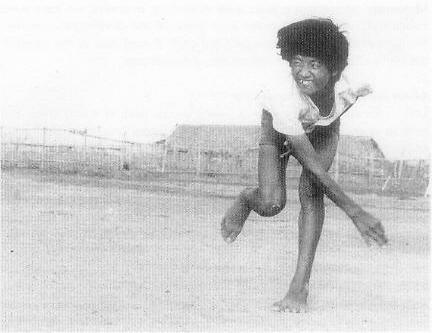
them. They ordered their coaches to study the methods of the successful countries and adapt them. Then, after several years, Chinese athletes reappeared in international competitions and were able to compete with the best in many fields. Naturally, they were able to do such a thing because China is an authoritarian State. Here in India we are a free society and such methods cannot be used in the same way.
About the results obtained through international competition
Some people say that only through participation in international com petition can you realize the gap between your standard and the world standard. Even assuming that to be true, we have done enough of that: India has been participating in international competitions since 1928. Apart from Hockey, the only medal India ever won has been a bronze medal in wrestling during the Helsinski Olympics. All the other medals, gold, silver, bronze, have been won in Hockey.
Ironically, the sports in which India is doing well are really the elitist sports, cricket, tennis, polo, which, even if they are no longer the
Page 331
Maharajas' sports still require a lot of money. In tennis, we have done rather well, much much better than some of the developed countries. We have reached three times the Challenge Round, that is, the finals in the Davis Cup, which is a remarkable achievement.
About the problem of motivation
Lots of Indians do very well at junior levels, even at world level. But later, at senior levels, it slips, because after junior levels in India, many athletes are looking for jobs and security. Most Indian athletes aspire for State and National levels, because it is a good way to get jobs in State companies. As it is now, most Indian athletes go out of India, in international competitions, already beaten: they do not believe they can win. Their horizon is very limited. As a result, there are very few sport heroes here, with the exception of those in Cricket. So for our youths, there are no models, which is a great pity.
About Adventure Programmes
There are tremendous possibilities about adventure programmes in India, but the average Indian is not a very adventurous person. The sense of enjoyment is lacking. So, despite an unbelievable potential here, it is mostly the foreign tourists who go for adventure sports. It is again a problem of attitude: most teachers in India would say: "Don't waste fifteen days on a trek; better you study geography. Treks won't give you a job."
Now, if in interviews for jobs, questions were put like: "How many safaris have you participated in?" or "Have you been river rafting?" then attitudes would change and adventure sports would be perceived differently.

Page 332
